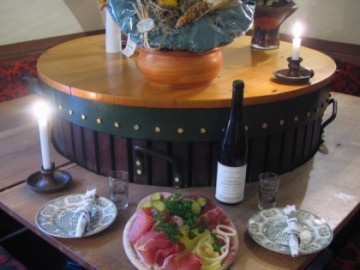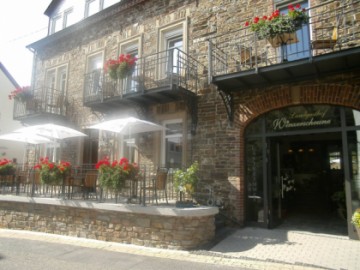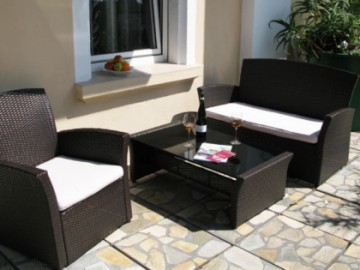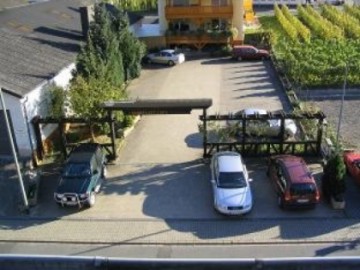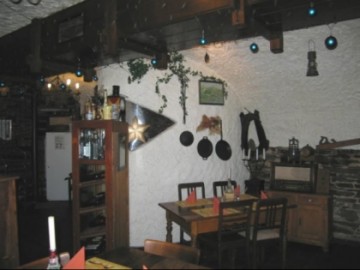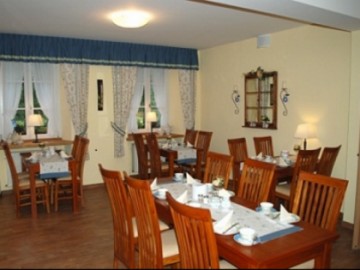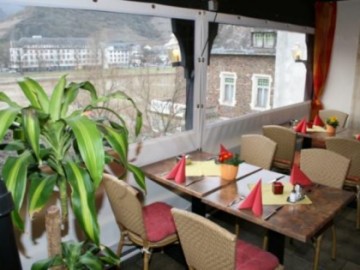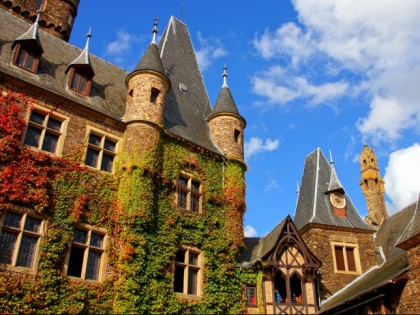Cochem Castle on the Moselle «loop»
The Cochem Castleor Reichsburg Cochem is built on a hill in the place where the Moselleriver makes a loop (Cochemer Krampen). In the X-XIV centuries, this meander wasa strategically important point between Prussiaand France.The castle’s thick walls, numerous watchtowers, a rampart and other structureswere created for a reason: Reichsburg used to save the lives of the inhabitantsof Cochem and the surrounding towns not just once.
The enemies had almost no chances to pass by Reichsburg Cochem unnoticed. Infantries were instantly noticed by the patrol on the maintower Bergfried: surroundings were perfectly visible in all directions from a100-meter-high hill, where the castle was located. From the river, Reichsburg Cochem’s defense wascarried out by use of a powerful chain thatoverlapped the Moselle with a specialmechanism. So, Reichsburg was considered unapproachable for a long time. Onlyin 1689 the Cochem castle was conquered and destroyed by the French. However,its ruins were also helpful: after the war, the townspeople used the remainingcastle stones to build and strengthen their houses.
Reichsburg Cochem was restored in the second half ofthe XIX century. The modern building is an interesting mix of the Baroque,Renaissance and neo-Gothic architecture.Collections of medieval knight's armor, decor and art objects are gathered inseven halls. All of this can be viewed during morning excursions. Many of theexhibits are steeped in myths and legends. For example, a quaint chandelier inthe shape of a mermaid is hanging over the castle gates in a covered walkway.As believed, in order to attract the luck you should rub the belly of thefabulous creature, which was considered the people’s protector from evilspirits in the Middle Ages. Judging by how the ancient mermaid’s belly shines, the omen works!


